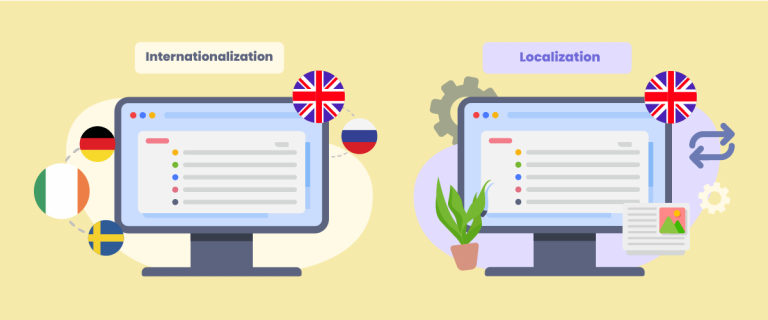Multilingual keyword research is a challenge every web agency looking to optimize their clients’ digital presence in international markets must master. More than just translating keywords, this research demands a deep understanding of each country’s search behavior, language variations, and local preferences. Multilingual SEO efforts can be futile and even detrimental to global visibility without the right research strategy.
In this article, you will find practical steps to conduct effective multilingual keyword research, common mistakes to avoid, and how to integrate these research results into your agency’s SEO strategy for maximum results. Let’s get started!
Foundations of multilingual keyword research

Before implementing advanced strategies, web agencies need to understand the fundamentals of multilingual keyword research to avoid the assumption that international SEO is merely about translating keywords. The core of this research lies in recognizing that each language has its own cultural context, user behavior, and unique search patterns. A keyword that performs well in one country may not be relevant or have the same meaning in another.
Another crucial foundation involves understanding the local market structure, including the search engines used, keyword competition levels, and the devices commonly used to access information. Web agencies must also recognize differences in search volume, user intent, and local trends—insights that can only be gained through a localized approach, rather than relying on global techniques alone. Building this strong foundation enables agencies to make data-driven decisions from the beginning of their multilingual SEO strategy.
The pitfalls of direct keyword translation for international SEO

Directly translating keywords is often the go-to approach for international SEO efforts. While it may seem efficient, this method carries significant risks. Literal translation rarely accounts for cultural context, language nuances, or local search behavior. As a result, your content can lose relevance, rank poorly in search engines, or even confuse your target audience. Here are some of the key pitfalls of direct keyword translation.
- Differences in meaning or context: Words in one language may have completely different meanings in another. For example, the English word “gift” means present, but in German, “Gift” means poison. Without understanding the cultural and linguistic context, translated keywords can become irrelevant or even misleading.
- Misalignment with local search intent: Search behavior differs across regions. For instance, translating “cheap laptop” directly into Spanish as “ordenador portátil barato” may seem correct, but local users might more commonly search for “comprar portátil barato.” Without aligning with local search intent, your content may fail to meet users’ needs.
- Missing out on popular local keywords: Literal translations can cause you to overlook the actual phrases people use. For example, while “second-hand car” might translate to “voiture d’occasion” in French, some regions may prefer “auto usagée.” Without local keyword research, you miss the opportunity to target the most relevant search terms.
- Technical SEO issue: Some translated keywords can be long, awkward, or unsuitable for use in URLs, page titles, or meta descriptions. This affects readability and click-through rates (CTR). In addition, literal translations often result in unnatural-sounding text that alienates local users.
Understanding cultural search intent

One common mistake in multilingual SEO strategies in different countries is that search intent is influenced by culture. Even if two countries use the same language or have similar terms, the motivations behind searches can be vastly different. Understanding this cultural context is key for web agencies to ensure that the chosen content and keywords are truly relevant to the local audience.
For example, the keyword “home office” in the United States is often associated with a comfortable and productive remote workspace, reflecting trends in remote work and functional interior design.
However, if directly translated into German and used without adaptation, search results might lean more toward tax consulting services or home business registration (Home Office as a government institution)—which has a very different context. Therefore, agencies must interpret the meaning behind the search. Some factors to consider in search intent include.
- Local values and habits: Is the audience searching for a product due to practical needs, social status, or cultural norms?
- Seasonal and calendar differences: Seasonal keywords vary depending on climate and national holidays.
- Common terms vs. local terms: Popular terms in one country may not be used in another, even if the language is the same.
- Language style and formality: Some markets prefer searches with a professional tone, while others favor a more informal or casual style.
By understanding search intent through a cultural lens, web agencies can design more targeted content strategies and increase conversion opportunities in each targeted market.
Strategies in multilingual keyword research for web agencies

For web agencies handling clients from different countries, having a proper international keyword research strategy is no longer an option- it’s a necessity. This process includes not only the translation of terms, but also an in-depth exploration of how people across different cultures and languages search for information online. Therefore, the strategies employed must be comprehensive and integrated into the agency’s workflow to be used repeatedly across different projects.
This section will discuss the key strategies agencies can employ to efficiently, accurately, and scalably execute multilingual keyword research. Each step contributes to building a solid international SEO foundation for any client looking to reach a global audience.
Extraction and compilation of seed keywords in target languages
The first step in multilingual research is to collect seed keywords—basic keywords that serve as a starting point for exploration. This process cannot rely on translating keywords from the home language version for international clients. The web agency must conduct market research first to understand the target products, services, and personas in the local context. You can do some commonly used methods such as:
- Conducting short interviews with clients to find out locally relevant terms.
- Observing local competitors and the keywords they use.
- Identifying terms commonly used by the target audience in forums, product reviews, or social media in the local language.
With seed keywords that fit the cultural and linguistic context, agencies can start the research process with more precision. This will help avoid misleading or irrelevant keywords and speed up the development of a valid keyword list.
Identifying long-tail keywords and niche terms specific to each language

Long-tail keywords are essential in attracting a more targeted audience with specific search intent. These keywords are often harder to find in a multilingual context due to language variations, dialects, and local expressions that don’t appear immediately in regular keyword tools. You, as an agency, can use the following strategies.
- Observe common questions in local communities (e.g., local Quora, regional Reddit, or discussion forums).
- Explore the “People Also Ask” and “Related Searches” features in local versions of search engines.
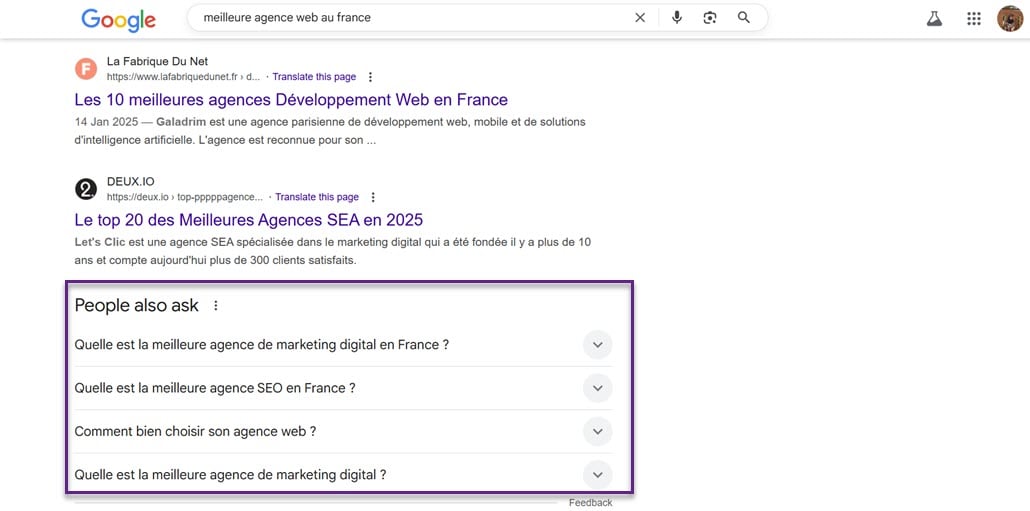
- Analyzing autocomplete and suggestion tools in the target language.
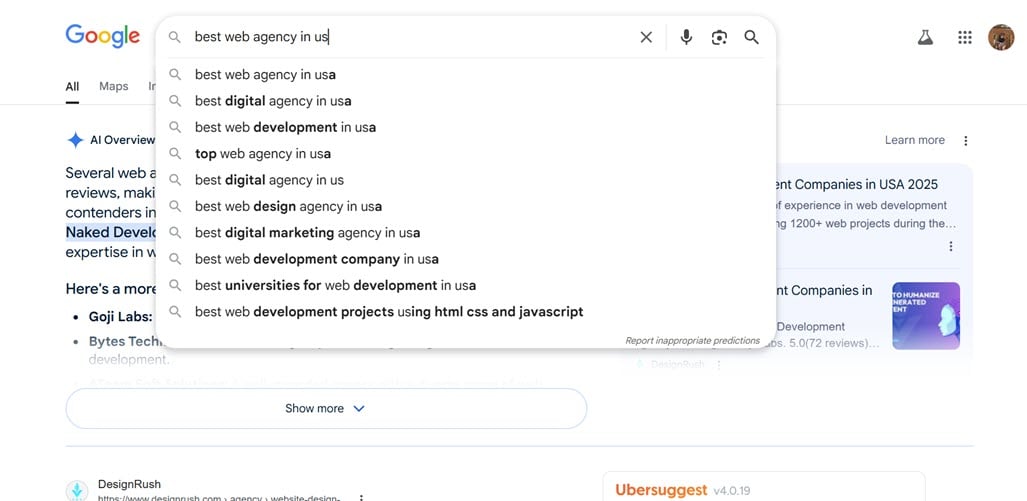
Long-tail keywords also more accurately reflect local needs and preferences. For agencies, finding these keywords opens up opportunities to target niches with fewer competitors but higher conversion rates.
Validation and adjustment of keywords with native speakers
While automated tools can provide keyword suggestions in various languages, validation by native speakers is essential to ensure accuracy and naturalness of language usage. Especially for languages with strong cultural nuances, local idioms, or sentence structures that machines cannot directly capture. Therefore, you, as a web agency, can do the following.
- Collaborate with freelancers or native speaker consultants.
- Validation tests on the keyword list will be conducted through small surveys or informal interviews with local users.
- Using feedback from local teams or client branches in the target country.
This validation helps avoid mistakes that could lower brand credibility or even lead to misunderstandings. This stage also improves the quality of SEO deliverables for agencies because the keywords used align with the local context and expectations.
Using Google Keyword Planner with targeted locations and languages

Google Keyword Planner is still one of the main tools in keyword research, including in multilingual projects. However, many agencies have not maximized the targeting feature based on location and language. This can provide search volume data that is much more relevant than global or default data. To do this, several tips can be followed.
- Change location and language settings to the client’s target country and language.
- Use local seed keywords, not English translations.
- Compare search volumes between regions to identify potential growth.
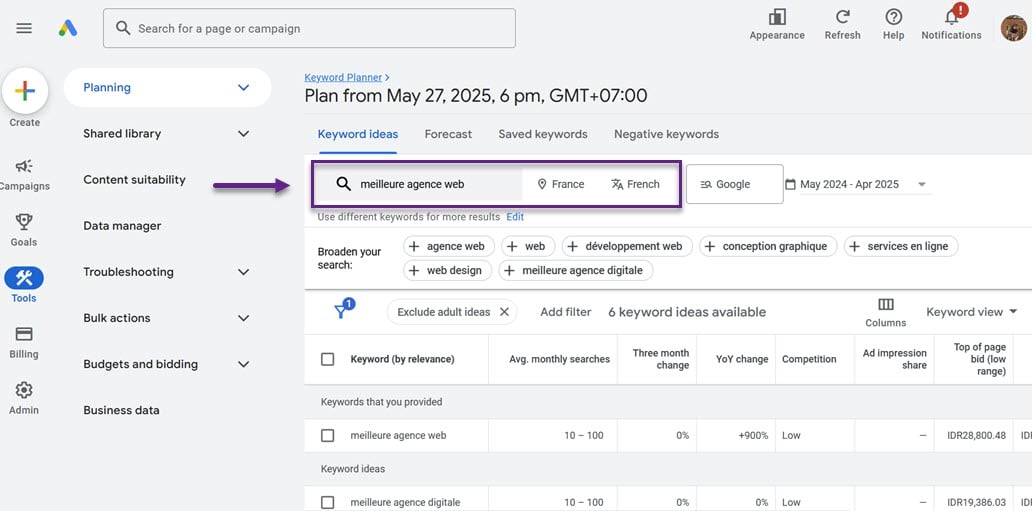
Using Keyword Planner strategically, agencies can provide clients with more accurate data and avoid misleading assumptions. It also supports more targeted content creation and improves page performance in local search results. Beyond Keyword Planner, many other tools, such as SEMrush, Ubersuggest, Ahrefs, and Moz, can enhance multilingual keyword research.
Exploring local search engines (Baidu, Yandex, Naver) for local market insights
Google is not the primary search engine in markets like China, Russia, and South Korea. Relying on Google data alone in SEO strategies for these markets can lead to suboptimal results. Web agencies should be familiar with local search engines such as Baidu (China), Yandex (Russia), and Naver (South Korea). By exploring local search engines, there are several benefits you will get.
- Get keyword suggestions that are only available on local platforms.
- Understanding search results’ structure and highlighting local features (e.g., blogs, forums, or directories).
- Customize SEO tactics based on local algorithms that differ from Google.
By digging deeper through local search engines, agencies can identify opportunities not visible in international tools. This is a big plus for clients looking to penetrate non-Google-centric markets.
Content adjustments based on intent analysis and regional trends
After getting the appropriate keyword list, the next step is to customize the content based on intent analysis and regional trends. Not all high-volume keywords are suitable for conversion purposes; you still need to understand the context behind the keywords, whether users intend to buy, learn, compare, or simply seek information. Therefore, you need to take a few steps in this process.
- Categorize keywords based on intent (informational, transactional, navigational).
- Adapt content structure and writing style to local preferences.
- Utilize local trends (e.g., seasonal campaigns, national holidays) as part of the content.
These adjustments ensure that the pages created are found, relevant, and interesting to local users. For the agency, this is not just good SEO practice’s high-value service that strengthens client trust and tangibly improves their business results.
Integrating into web agency workflows

To keep multilingual keyword research from becoming confusing every time they take on a new project, web agencies need to integrate it into their workflow systematically. This includes creating repeatable processes, cross-team collaboration, utilizing tools, and continuous optimization cycles.
Creating repeatable processes for clients
Web agencies need to have a research template or framework that can be reapplied to any client project, with only minor adjustments. This will save time, ease the onboarding of new teams, and ensure consistent quality across projects. Here are the steps you can take.
- Create a keyword research SOP per language, including tools used and validation steps.
- Use a spreadsheet or project management platform to track keywords, intent, and evaluation results.
- Provide documentation for each stage so the team can work independently and in a structured manner.
With a documented process, agencies can handle multiple international clients without starting from scratch every time.
Cross-team collaboration in SEO & localization

SEO and translation cannot exist in isolation in a multilingual context. SEO teams must collaborate with translators, content writers, and sometimes with direct clients to maintain keyword and content relevance. For that, you need to do some practice.
- Establish dedicated communication between the SEO team and the localization team.
- Involve the content team from the beginning to understand the keyword intent in each language.
- Hold joint review sessions to equalize understanding and avoid misinterpretation.
Leveraging integration with translation tools

Integrating automated translation tools into a multilingual SEO strategy can speed up the process and maintain consistency between keyword research results and translated content. One of the main benefits is the ability to customize how and which parts of the content should be translated. Therefore, you, as an agency can use one of the translation tools to help with this by.
- Mark sections of content that need to be manually customized, such as SEO titles, meta descriptions, or calls-to-action, to stay relevant to local intent in each language.
- Ensure seamless integration with the client’s CMS and SEO plugins (such as Yoast or RankMath), so that the SEO structure of each language version remains optimized.
- Apply keyword research results using the rules feature of a translation tool like Linguise, for example, by excluding certain lines, pages, or elements from being auto-translated because they involve important keywords or brand terms.
The following is the application of rules in a Linguise translation tool. You can customize it as needed.
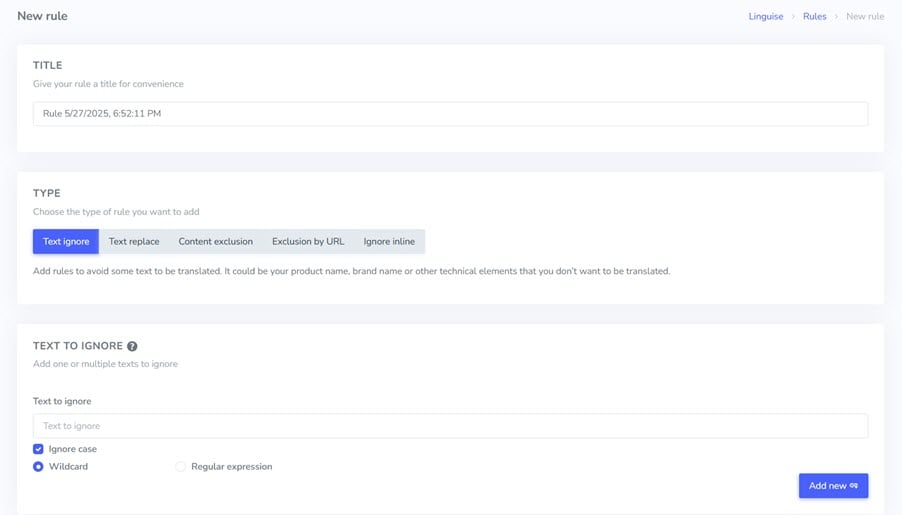
Reporting and iteration for ongoing optimization
Finally, agencies need to evaluate the performance of translated keywords and content regularly. This includes monitoring traffic per language, changes in keyword positions in each local market, and conversion rates from users in different regions. Through this process, agencies can ensure that their multilingual SEO strategies remain relevant and effective in reaching a global audience.
One of the most efficient ways to conduct this evaluation is by utilizing Google Search Console. This tool allows agencies to view separate performance data per language and translated page version, including clicks, impressions, CTR, and average keyword position within each market. With this data, agencies can identify decreasing or increasing performance keywords and adjust content or strategy based on the insights gained.
This evaluation should be done regularly, for example, in monthly or quarterly reports. This iterative process not only helps improve long-term results but also demonstrates the agency’s commitment to sustainable growth for clients far beyond the initial implementation phase.
Conclusion
Multilingual keyword research for web agencies is a complex process that involves a deep understanding of language, culture, and user behavior in various markets. By implementing advanced strategies such as local intent analysis, validation with native speakers, and local search engine exploration, web agencies can provide more value to international clients and help them reach global audiences effectively.
To maximize the results of these strategies, use Linguise automatic translation as a partner in translating and optimizing your multilingual content. Powered by AI technology and advanced SEO features, Linguise simplifies the translation process while maintaining quality and keyword relevance in every language.




